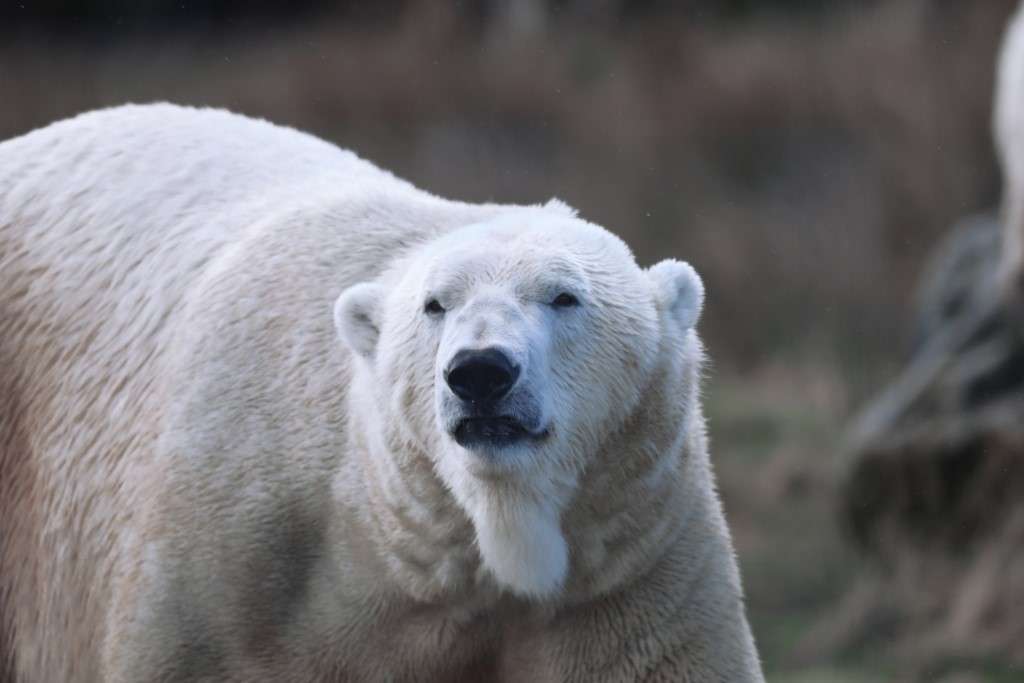New analysis of ancient bones and fossils found in a Highland cave has revealed them to be ‘fishier than the average bear’ and could even suggest polar bears once roamed Scotland. Advancements in the chemical study of bones and teeth have enabled experts at the University of Aberdeen and National Museums Scotland to reevaluate fossils collected at the Inchnadamph ‘Bone Caves’ in Sutherland. Analysis of samples uncovered evidence of fish in the diet of animals that, until now, had been identified as brown bears.
Working with University of Edinburgh Master’s student Holland Taekema, and as part of a larger review on the history of bears in Scotland, the researchers compiled new stable isotope data – a technique for the reconstruction of human and animal diets in past populations. They found that for three samples belonging to bears which dated to around 30,000 to 50,000 years old, well before humans occupied the land, the diet was made up almost entirely of marine fish or other seafoods. This finding, say the researchers, who published their results in Annales Zoologici Fennici, is markedly different to the meat and plant-based diet typical of modern brown bears, or those found in the British Isles prior to their extinction in the last 1,000 years, and may even point to the presence of polar bears living in Scotland during the Last Ice Age.
Interesting questions about the ancestry of bears
Professor Kate Britton, from the University of Aberdeen, said: “We have identified several samples which stick out like a sore thumb both from the diets of other bears living in Scotland thousands of years ago and from what we’d expect of today’s brown bears. Instead of consuming the meat of land-based animals, plants, or even a little salmon, like contemporary brown bears, these bears appear to have lived almost exclusively on seafood. This is at odds with what we know about brown bear diets today, but also across the ages. Even modern grizzly bears, known to gorge seasonally on salmon in some places, don’t show anything close to this level of seafood consumption in their diet. The diet is so unusual that we now need to either reevaluate what we know about brown bear feeding ecology or question whether these fossils are brown bears at all. Given they are fishier than the average bear, we now have work to do to understand why and to answer the question as to whether these are brown bears with a unique diet, or a different species or subspecies of brown bear, maybe even polar bears.”
While polar bears are found today only in the circumpolar north, researchers say that as the climate cooled into the Last Glacial Maximum, the seasonal sea ice limit in the North Atlantic would have moved south, potentially enabling polar bears – which are also great swimmers – to spread into more southerly areas than they are found in today. A similar theory was mooted back in the 1990s following the discovery of a bear’s skull with some polar bear-like features, although no further evidence for polar bears in prehistoric Scotland has been found, and more modern archaeological techniques have since called the radiocarbon dating of that particular skull into question.
Dr Andrew Kitchener, Principal Curator of Vertebrates at National Museums Scotland, where the fossil bears are held, added: “When experiencing this habitat expansion, the polar bears may well have encountered the brown bears which inhabited Scotland at this time. As we know that polar bears and brown bears can successfully interbreed today where their ranges overlap, it presents interesting questions about the ancestry of bears that later roamed our islands.”
Main photo: Arktos male polar bear from Highland Wildlife Park – the only place polar bears can be seen in Scotland today. Photo: RZSS.

